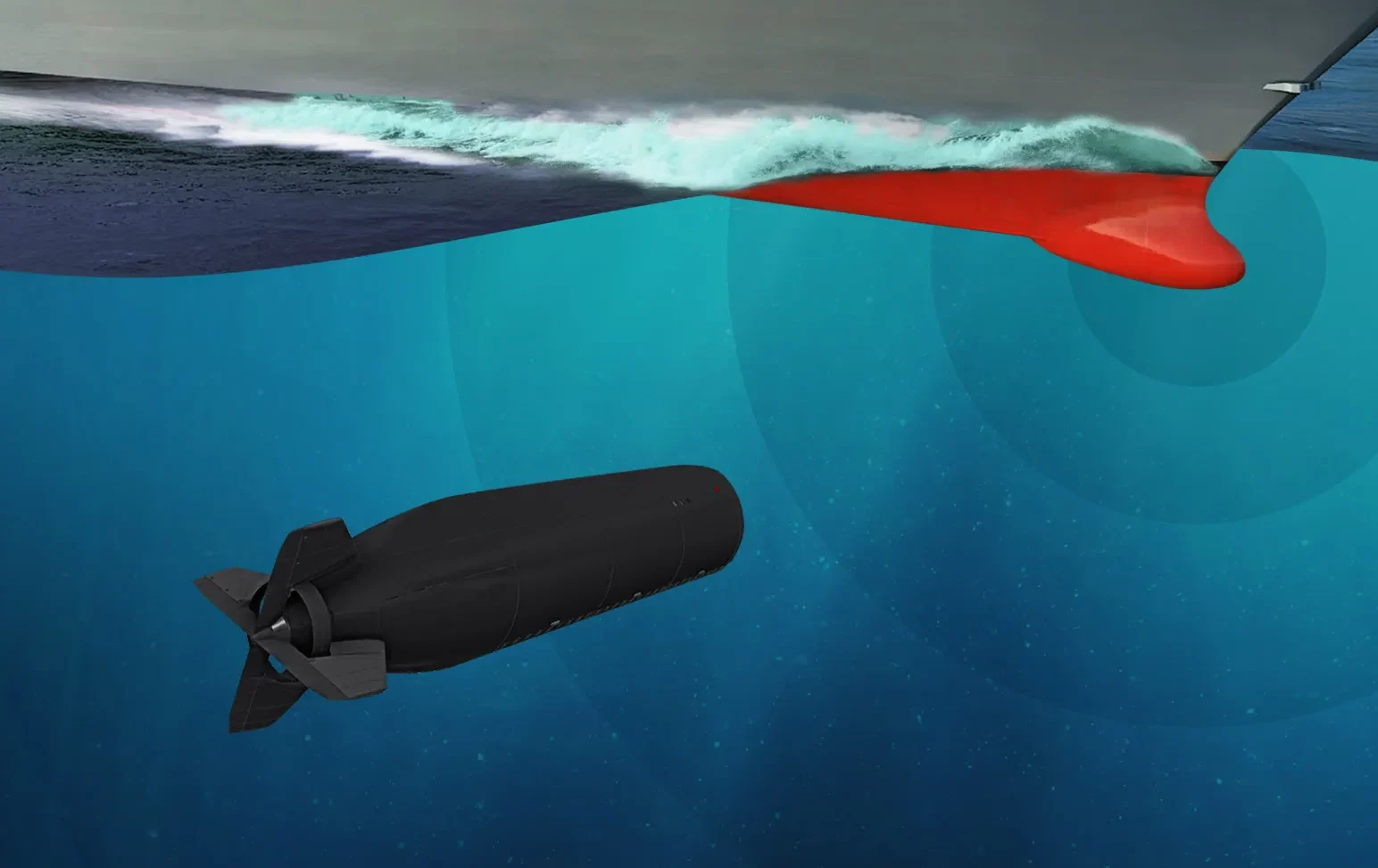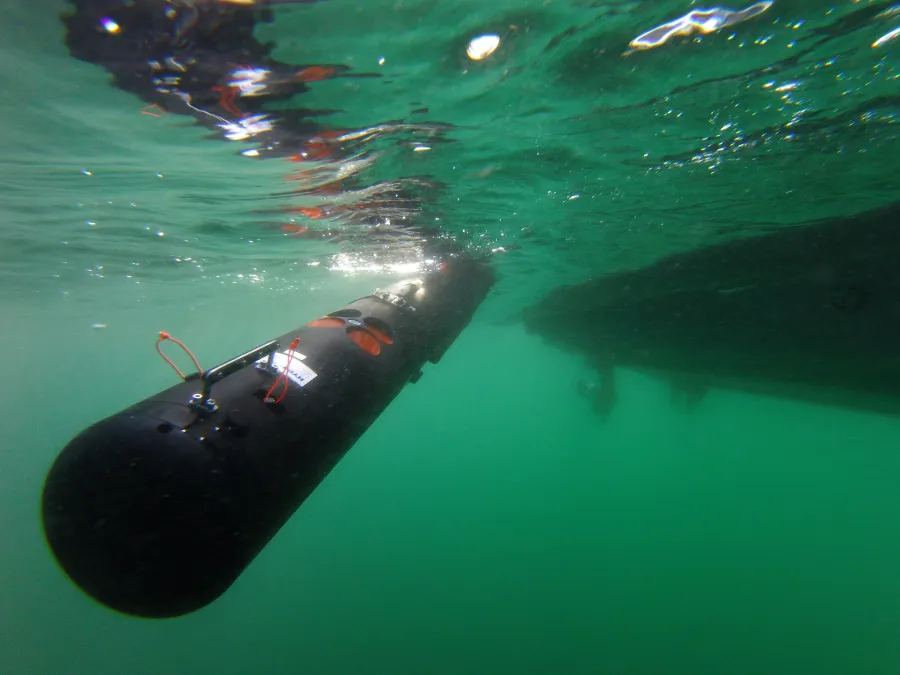The prototypes of ultra-quiet underwater drones

Australia and the United States have unveiled two prototype ultra-quiet underwater drones, named Ghost Shark and Manta Ray.
These ultra-quiet underwater drones are designed to transform the underwater warfare landscape.
In fact, these ultra-quiet underwater drones will enable stealthy, long-range operations without putting human lives at risk.
Experts say that ultra-quiet underwater drones could represent the future of undersea warfare, demonstrating the ability to exert power while minimizing danger to human life.
The use of drones in aerial warfare has become commonplace.
In this regard, the United States used them extensively during the conflicts in Iraq and Afghanistan beginning in the 1990s.
Newer and cheaper drones have become key pieces of military equipment for both sides in the Russian invasion of Ukraine.

Kiev has also built naval surface drones, which have inflicted heavy losses on the much larger and more expensive ships of Russia’s Black Sea Fleet.
Aerial and surface drones can be controlled by satellites and light and radio waves. But those don’t work the same way at depth.
The prototypes of ultra-quiet underwater drones.
The makers of the next generation of military UUVs aren’t saying how they would overcome communication problems.
But when Australia unveiled Ghost Shark last month, it called the ultrasilent underwater drones “the world’s most advanced autonomous underwater vehicles.”
“Ghost Shark will provide the Navy with a stealthy, long-range autonomous underwater warfare capability that can conduct persistent intelligence, surveillance, reconnaissance (ISR) and attack,” said a statement from the Australian Ministry of Defense.
READ MORE: ZOMBIE NEIGHBORHOOD IN PHILADELPHIA: CENTER OF CONSUMPTION.
Australian officials and those of manufacturer Anduril Australia said they could not share any of Ghost Shark’s specifications, as they remain classified.
But they touted the speed with which the submersible has moved from idea to testing, as the program began only two years ago.
“To be ahead of schedule, within budget, is pretty unprecedented,” Shane Arnott, senior vice president of engineering at Anduril, told reporters.
Emma Salisbury, a member of the British think tank Council on Geostrategy, said the Ghost Shark, one of the ultra-quiet underwater drones, closely resembles the extra-large Orca UUV being developed in the United States.
“I guess they’re all intended for more or less similar mission sets: persistent intelligence, surveillance, reconnaissance and strike capability, particularly in the anti-submarine domain,” Salisbury said.
The U.S. Navy called the Boeing-built Orca UUV “a state-of-the-art autonomous unmanned diesel-electric unmanned submarine with a modular payload section to execute a variety of missions” in a December press release on the delivery of a first Orca test platform, an early prototype.
Having a modular payload means the Orca, in theory, could carry different varieties of weapons depending on the task or be equipped with specialized equipment for reconnaissance or possibly intelligence gathering.
Chris Brose, Anduril’s strategy director, said the company and Australia are in the “process of demonstrating” that “these kinds of capabilities can be built much faster, much cheaper and much smarter.”
Submarine expert H.I. Sutton says on his Covert Shores website that, according to an intelligence analysis of open sources, Beijing is believed to have at least six extra-large UUVs in development.
In addition to Australia, the United States and China, other countries working on ultra-silent underwater drones include Canada, France, India, Iran, Israel, North Korea, Norway, Russia, South Korea, Ukraine and the United Kingdom.







